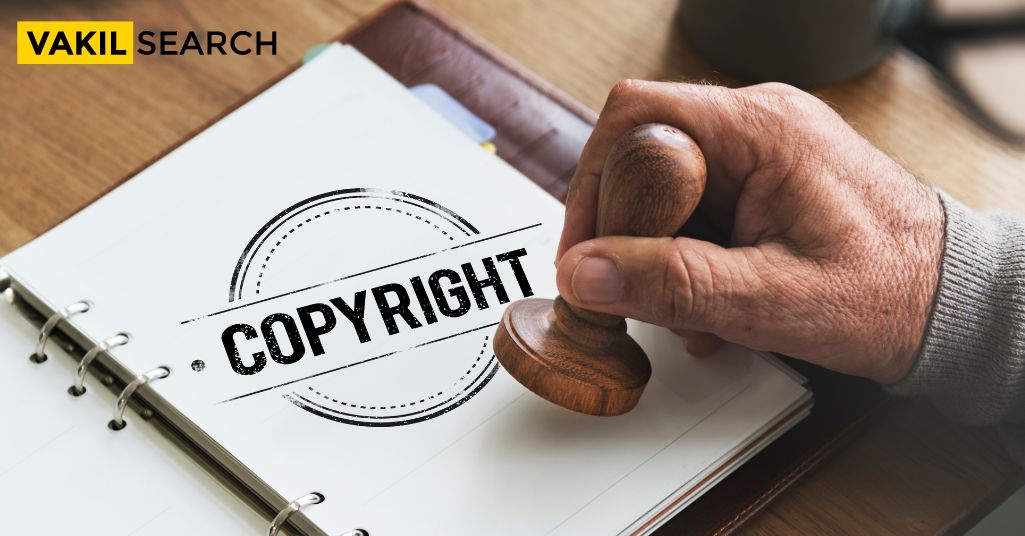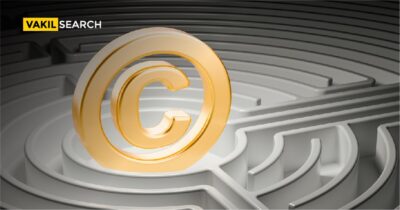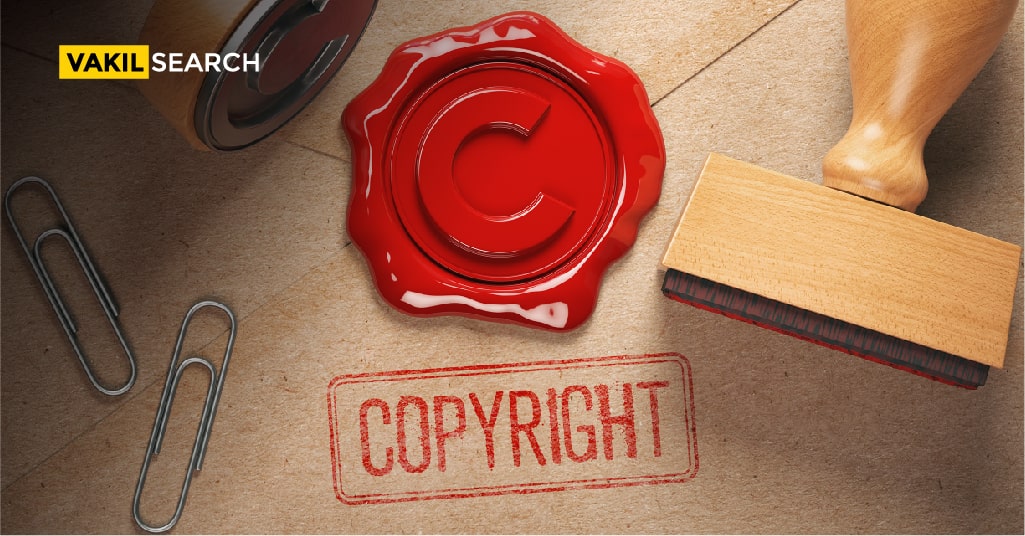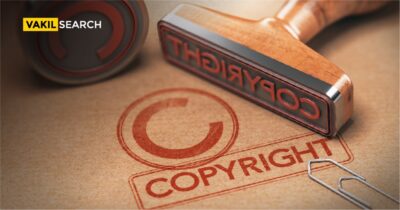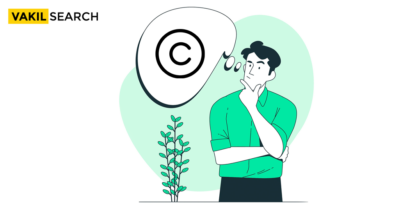While plagiarism and copyright infringement are sometimes mixed up, they are two separate ideas with differing ethical and legal consequences. You may stay out of legal trouble and keep yourself updated by being aware of the distinctions.
Copyright Infringement Vs Plagiarism: Overview
Plagiarism and copyright infringement are two different types of intellectual property violations that are frequently mixed together. Plagiarism is the use of someone else’s work without giving due credit or acknowledgement, whereas copyright infringement is using someone else’s copyrighted work without authorization. Despite the fact that both violations involve the use of another person’s creation, they are distinct in terms of their nature, effects, and legal ramifications.
Copyright infringement can take many different forms, such as unauthorised reproduction, distribution, display, or performance of a work protected by copyright. Using someone else’s work as one’s own without giving them proper credit or attribution is known as plagiarism. Plagiarism is more of an ethical issue that might have repercussions in academic and professional settings than copyright infringement, which is a legal concern.
What is Plagiarism?
The practice of stealing another person’s ideas or words without their consent or due credit is known as plagiarism. It might appear in a variety of formats, such as writing, pictures, videos, or even just ideas. Academic dishonesty is violated by plagiarism, which can have serious repercussions like diminished credibility, academic suspension, or even legal action.
There are different types of plagiarism, including:
Direct plagiarism: copying word-for-word from someone else’s work without proper citation.
Self-plagiarism: submitting your own work that has already been published elsewhere without acknowledging the previous publication.
Paraphrasing plagiarism: changing a few words or sentence structure from someone else’s work and passing it off as your own.
Mosaic plagiarism: combining different sources of information without proper citation.
Accidental plagiarism: using someone else’s work without knowing it was not permissible.
What is Copyright Infringement?
The unlawful use of another person’s copyrighted work is known as copyright infringement. A copyright is a legal privilege that grants the work’s owner the sole authority to use, duplicate, and disseminate the work. When someone utilises another person’s work without their consent or without giving appropriate credit, this is considered copyright infringement. Infringing on someone else’s copyright may lead to legal action and penalties.
Copyright infringement can occur in various forms, including:
- Reproducing someone else’s work without permission.
- Distributing copies of someone else’s work without permission.
- Creating a derivative work without permission.
- Using someone else’s work for commercial purposes without permission.
Comparing Plagiarism and Copyright Infringement: Examples
Plagiarism and copyright infringement can occur in different forms and have different implications. Here are some examples to illustrate the differences:
Example 1: A student copies a paragraph from a book without citation and includes it in their essay. This is an example of plagiarism because the student has used someone else’s work without proper attribution.
Example 2: A blogger publishes an image on their blog without permission from the photographer. This is an example of copyright infringement because the blogger has used someone else’s copyrighted work without permission.
Example 3: A company uses a song in their commercial without permission from the artist. This is an example of copyright infringement because the company has used someone else’s copyrighted work for commercial purposes without permission.
Example 4: A journalist rewrites an article from a news website and publishes it on their website without proper citation. This is an example of plagiarism because the journalist has used someone else’s work without proper attribution.
Example 5: An artist creates a painting inspired by a photograph and sells it without permission from the photographer. This is an example of copyright infringement because the artist has created a derivative work without permission from the owner of the copyrighted work.
Is Plagiarism a Form of Copyright Infringement?
Plagiarism and copyright infringement dance hand in hand, often resulting in a double violation of creative rights. They intertwine in a way that a single action can breach both realms. Picture this: lifting content from an encyclopedia without giving credit not only breaches copyright but also showcases the face of plagiarism.
An encyclopedia, a realm of knowledge, is under the protective cloak of copyright. The guardians of this domain hold the exclusive keys to its reproduction and dissemination. Now, imagine snatching information from it and slyly presenting it as your own creation, devoid of the rightful source. This single act becomes a dual transgression – a copyright violation and an act of plagiarism.
So, in the intricate web of creative ethics, remember that replicating someone’s work without permission and passing it off as your own is not just a flouting of copyright rules, but also an embodiment of plagiarism’s cunning embrace.
Is It Plagiarism If It’s Not Copyrighted?
Plagiarism isn’t bound solely by the walls of copyright protection. Even when a work lacks official intellectual property status, lifting it without proper acknowledgment can still be deemed plagiarism. Respecting the efforts and insights of fellow authors entails giving credit where it’s due, regardless of legal constraints.
This ethical practice finds a significant place in academic realms. Upholding it safeguards individuals from potential repercussions – whether it’s academic penalties or damaged reputation. By attributing ideas and words rightfully, we honour the foundation of knowledge exchange and contribute to a culture of integrity. Remember, plagiarism’s impact isn’t limited to copyrighted material; it extends to the realm of ethics and our responsibility to honour the intellectual community.
Can You Plagiarise A Public Domain?
The intersection of plagiarism and public domain can be a maze of confusion. Surprisingly, you can indeed commit a form of plagiarism with public domain content. While there’s no legal ground to sue for such an act, the consequences can still be weighty.
Consider this: educators passing off public domain work as their own risk not just their integrity but also their careers. Though they might escape legal action, misrepresenting themselves as the originators of public domain content can lead to severe repercussions. Termination from their current position could be just the beginning – the trail of tarnished reputation could make finding future work a daunting task.
This twist in the plagiarism tale underscores the importance of ethics beyond legality. The complexities remind us that intellectual integrity transcends mere legal boundaries, guiding us to honour not just copyrights but the fundamental principles of respect and authenticity.
What’s the Difference Between Plagiarism and Copyright Infringement?
The kind of work being utilised without permission is the primary distinction between plagiarism and copyright infringement. While copyright infringement refers to the unauthorised use of another person’s copyrighted work, plagiarism is connected to the use of intellectual property without adequate acknowledgement.
The legal consequences are another distinction between plagiarism and copyright infringement. Plagiarism is typically regarded as a breach of academic integrity and is punishable by suspension or expulsion. On the other hand, copyright infringement is illegal and is subject to repercussions, including fines and even jail in severe circumstances.
It is important to note that plagiarism and copyright infringement can occur simultaneously. For example, if someone copies a section of a copyrighted work without permission and passes it off as their own, they have committed both plagiarism and copyright infringement.
To avoid plagiarism and copyright infringement, it is essential to give proper credit to the original sources of information. If you are using someone else’s work in your own, you should make sure to use proper citations and references. If you are using copyrighted material, you should obtain permission from the owner of the work before using it.
Conclusion
It should be noted that plagiarism and copyright infringement are two distinct ideas that are frequently misunderstood. While copyright infringement refers to the unauthorized use of another person’s copyrighted work, plagiarism is connected to the use of intellectual property without adequate acknowledgment. Both may result in harsh repercussions, such as fines and legal action. For any more information, contact our legal experts at Vakilsearch.
FAQs on Copyright Infringement vs Plagiarism
The consequences of plagiarism can vary depending on the severity of the offence and the institution's policies. In academic settings, plagiarism can result in penalties such as suspension, expulsion, or loss of credibility. In professional settings, it can damage your reputation and credibility.
The consequences of copyright infringement can be severe, including legal action and penalties. The copyright owner can sue for damages, and the infringer can be ordered to pay fines and even face imprisonment in extreme cases.
To avoid plagiarism and copyright infringement, it is important to give proper credit to the original sources of information. Use proper citations and references when using someone else's work. Obtain permission from the owner of the copyrighted work before using it.
Yes, paraphrasing can be considered plagiarism if it is not done properly. If you are paraphrasing someone else's work, you should use proper citations and references to give credit to the original source.
Yes, you can use copyrighted material for educational purposes under certain conditions, such as fair use. Fair use allows for the limited use of copyrighted material for purposes such as criticism, comment, news reporting, teaching, scholarship, or research.
Plagiarism entails taking another person's work or concepts and presenting them as one's own, akin to theft. On the other hand, copyright infringement arises when someone utilises copyrighted material without the owner's consent. Plagiarism is rooted in ethics, while copyright infringement dwells within the realm of legality.
Plagiarism involves presenting someone else's work as your own, while copyright infringement pertains to unauthorised use of protected content. Plagiarism concerns ethics, while copyright focuses on legal rights.
To avoid plagiarism and copyright infringement, always attribute sources and use proper citations for borrowed content. Obtain permission or use works that are in the public domain or under appropriate licenses.
Both plagiarism and copyright involve the use of another person's creative work, but they differ in terms of ethical and legal implications. What are the consequences of plagiarism?
What are the consequences of copyright infringement?
How can I avoid plagiarism and copyright infringement?
Can paraphrasing be considered plagiarism?
Can I use copyrighted material for educational purposes?
Are copyright infringement and plagiarism both stealing?
Which statement best explains the difference between plagiarism and copyright?
How can you avoid plagiarism and copyright infringement?
What is the similarity between plagiarism and copyright?
Also, Read;


